Grain, in agricultural terms, is the harvested seed from grass. North America’s most popular grain refers to wheat, oats, rice, corn, sorghum, millet, rye, and barley. There are numerous others, all derived from grasses grown around the world.
Grains are very important to human survival and are considered the most important staple food globally. There are several reasons why society needs grains. Here is why grains are important.
1. Grain is widely available.
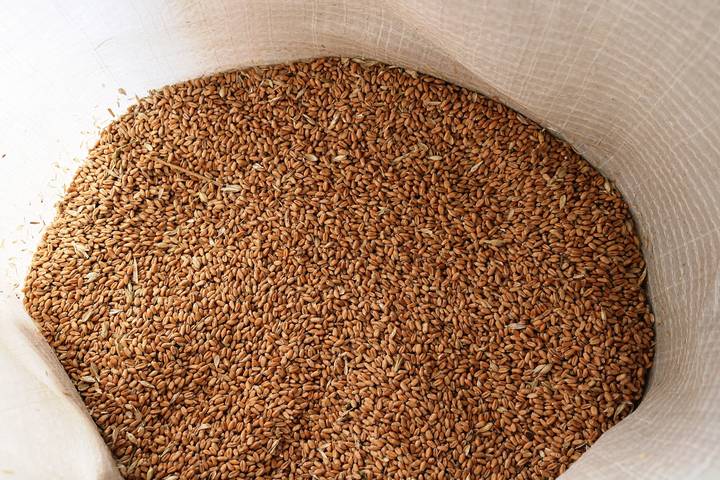
Fortunately, grains are very widely available, easy to grow in various parts of the world, and affordable. They can be produced in high amounts. It is cost-effective to distribute. Entire populations can sustain themselves from a mix of grains and not strain household resources.
2. Grain is highly durable.
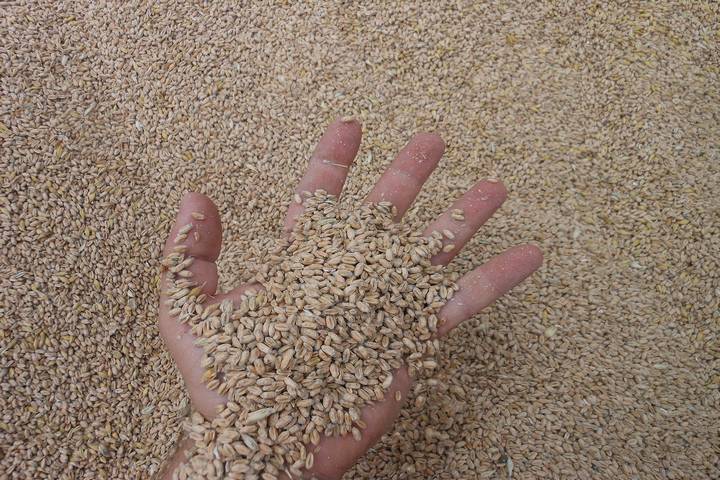
Dry grain is more durable than any other staple food. Tubers, like sweet potatoes, and starchy fruit, such as bananas and melons, can be penetrated more easily than dry grain. This is a major advantage when it comes to storage and transportation.
The durability has also made grain perfect for industrial agriculture, where the crop comes in contact with mechanical harvest equipment. With that said, farmers will still need to take care of their harvests and store them under optimal conditions. Using technologies like the grain bin temperature monitoring systems, farmers ensure their crops are managed properly.
3. Grains provide lots of energy.
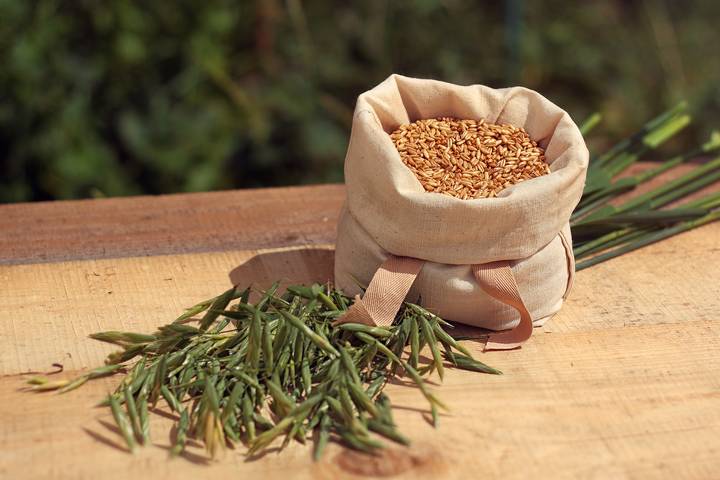
Human beings get 48% of their total calories from grains. Calories equal energy. Although calories get a bad name when discussed related to weight loss, we all need calories to create energy in our bodies. A lot of that comes directly from buying and consuming grain.
4. Grains are extremely healthy.

Grain makes for very affordable food and one that’s very nutritious. Grain is a source of carbohydrates, a type of sugar that the body needs to function. Grain also has a list of important vitamins, but the only real thing it lacks is protein. Many grain-based dishes include protein, such as rice and beans, corn and beans, or wheat bread and peanut butter.
5. Grains can be easily stored and last.
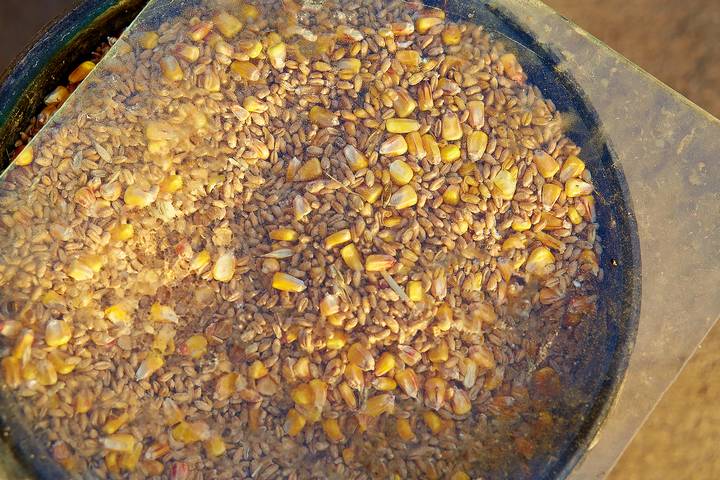
Stored correctly, grain can last a very long time in storage. As a food staple, that’s exactly what you want. Some grain keeps well for over a year when kept properly, while others are good for roughly six months. Not all grains are the same, though. Wheat, rye, spelt, and farro are known to last longer, though many others come close.
6. Various grains grow differently.
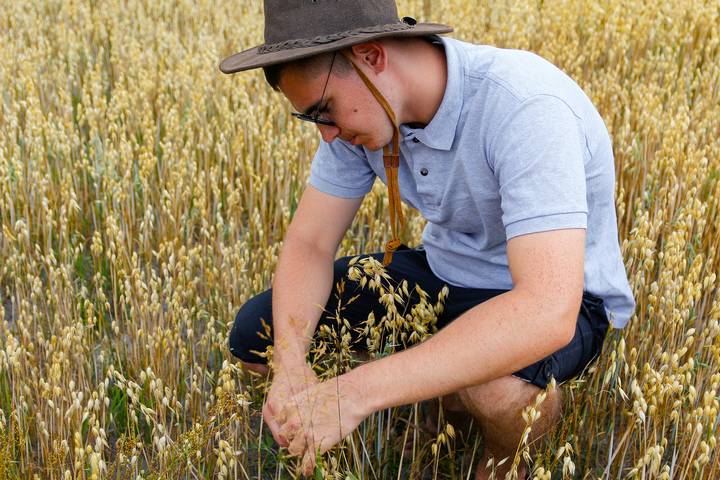
Many types of grain exist. Some, like rye, grow best in cold and wet climates. Then, others are better for warm weather, such as corn. As the world’s climate is in a constant state of flux, the ability of farmers and farming to adapt is made a little easier with grain as one can select the appropriate grain for the weather they face, constantly replenishing the worldwide food supply every year.
7. Grain is used to make so many foods.
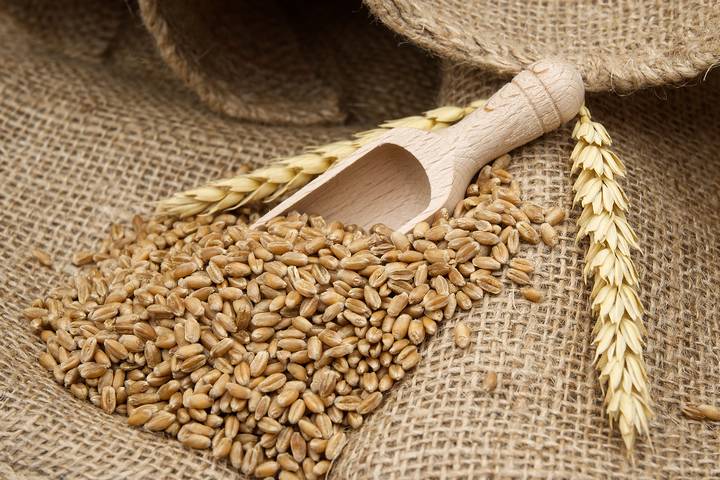
Grain can be processed and turned into all sorts of unique foods. It is a food staple in nearly all major cultures in the world. The most popular food that grain is used to make includes flour to make bread, rice, and more. Think of all the things you can use flour for. All that comes from farming grain. So many meals trace their origin in ingredients back to grain.
8. Grains are used to feed livestock.
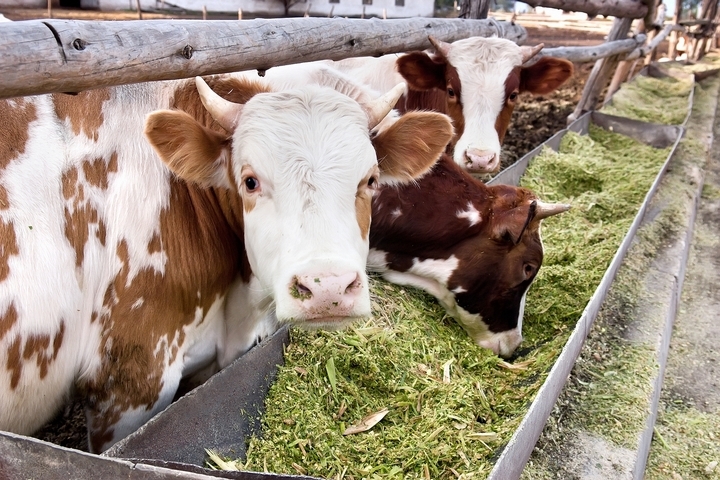
A third of the grain supply produced worldwide is fed to animals. Like dogs, their food is rich in grain, from livestock to domestic animals. This helps to feed livestock and ultimately contributes to the meat supply. The primary feed grain used in North America is corn, although several others can be used, helping to produce high-quality meats in abundance.
9. Low-quality grains can be fed to livestock.
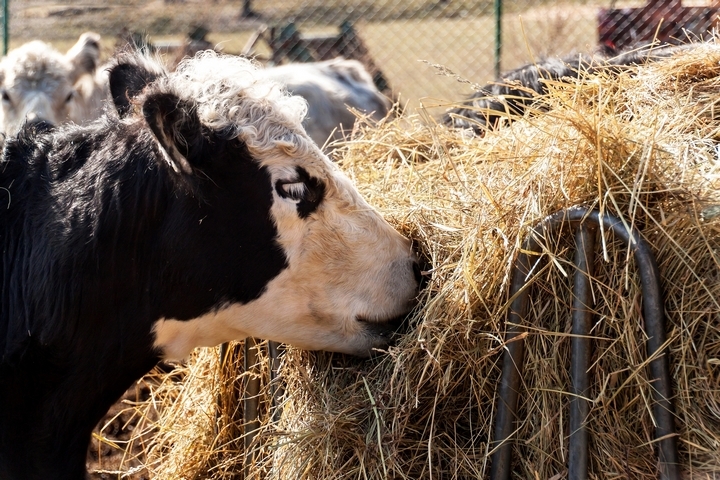
As an added note to the topic of grain and livestock, some grain is low-quality and is deemed unsuitable for milling. They may be damaged due to disease, insects, and frost. These grains get recycled and passed to domestic animals, minimizing the crop waste produced from growing and cultivating.
10. Grain carries a cultural meaning.
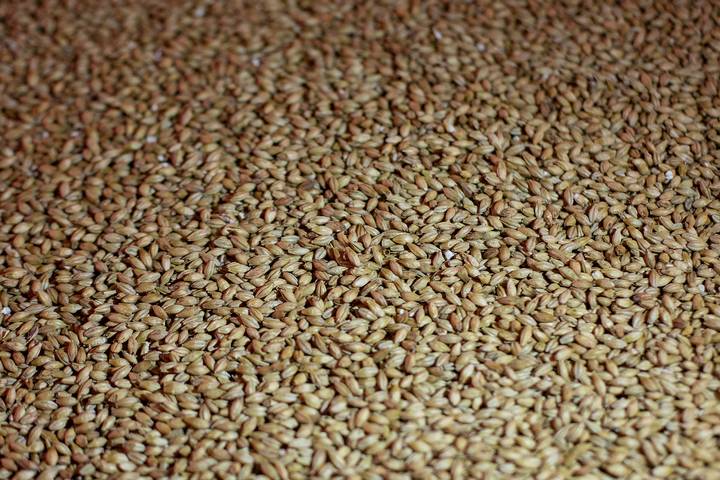
The same families have farmed some grain fields for decades and even centuries. In Southeast Asia, where rice is a common crop, the agriculture there has been specialized in for centuries by families. Then, on the other hand, you have grain-like sorghum, which grows in drier climates, such as Senegal, Gambia, and Burkina Faso, all in West Africa, bringing these communities economy and feeding families. There are whole regional economies and heritage built on farming grain.
11. Grains are used in dozens of products.
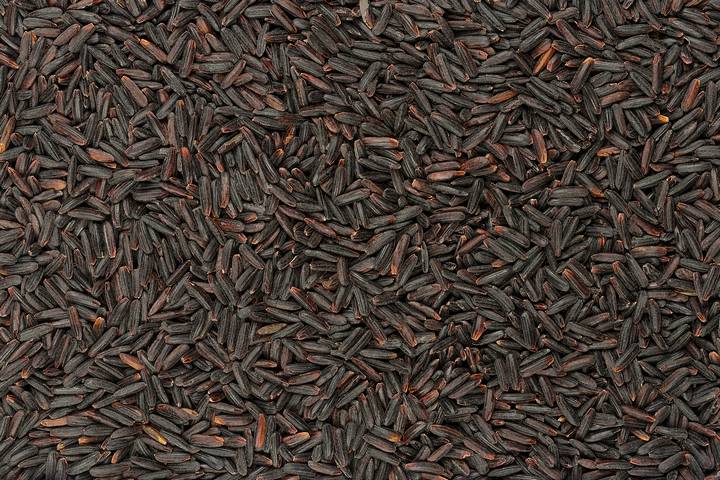
Grain is used to manufacture all sorts of products, from cooking oils homes use every day to cosmetics and alcohol. A lot of the grain supply is used to make Biodiesel, a fuel utilized in vehicles. Ethanol is a type of biodiesel made from corn. Grain is considered an eco-friendly fuel source and has diverse purposes.
